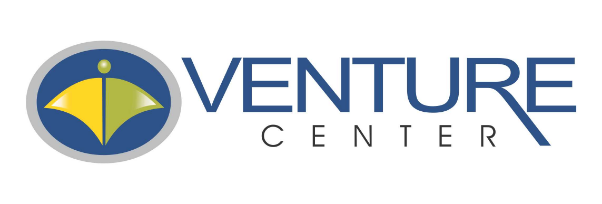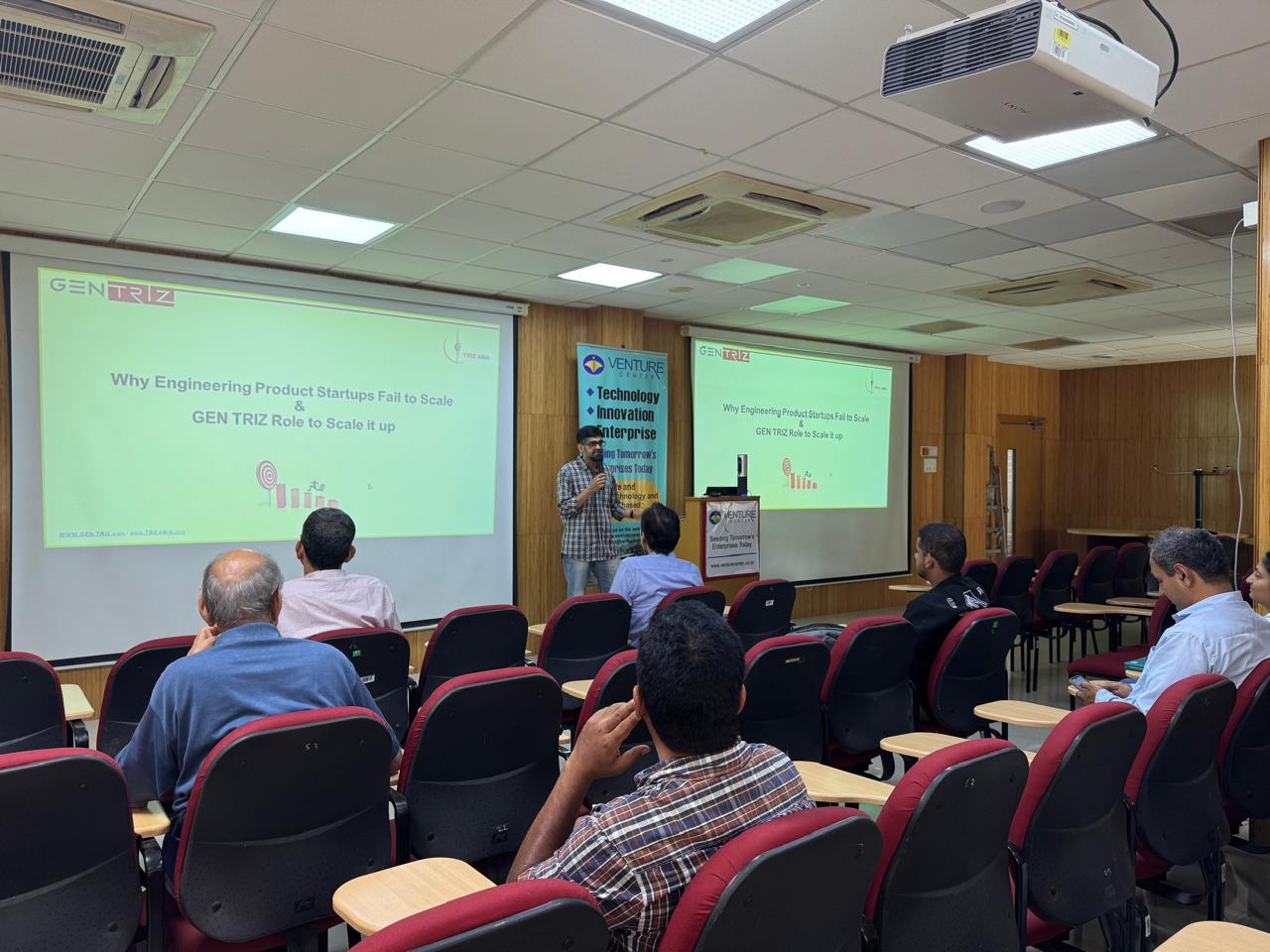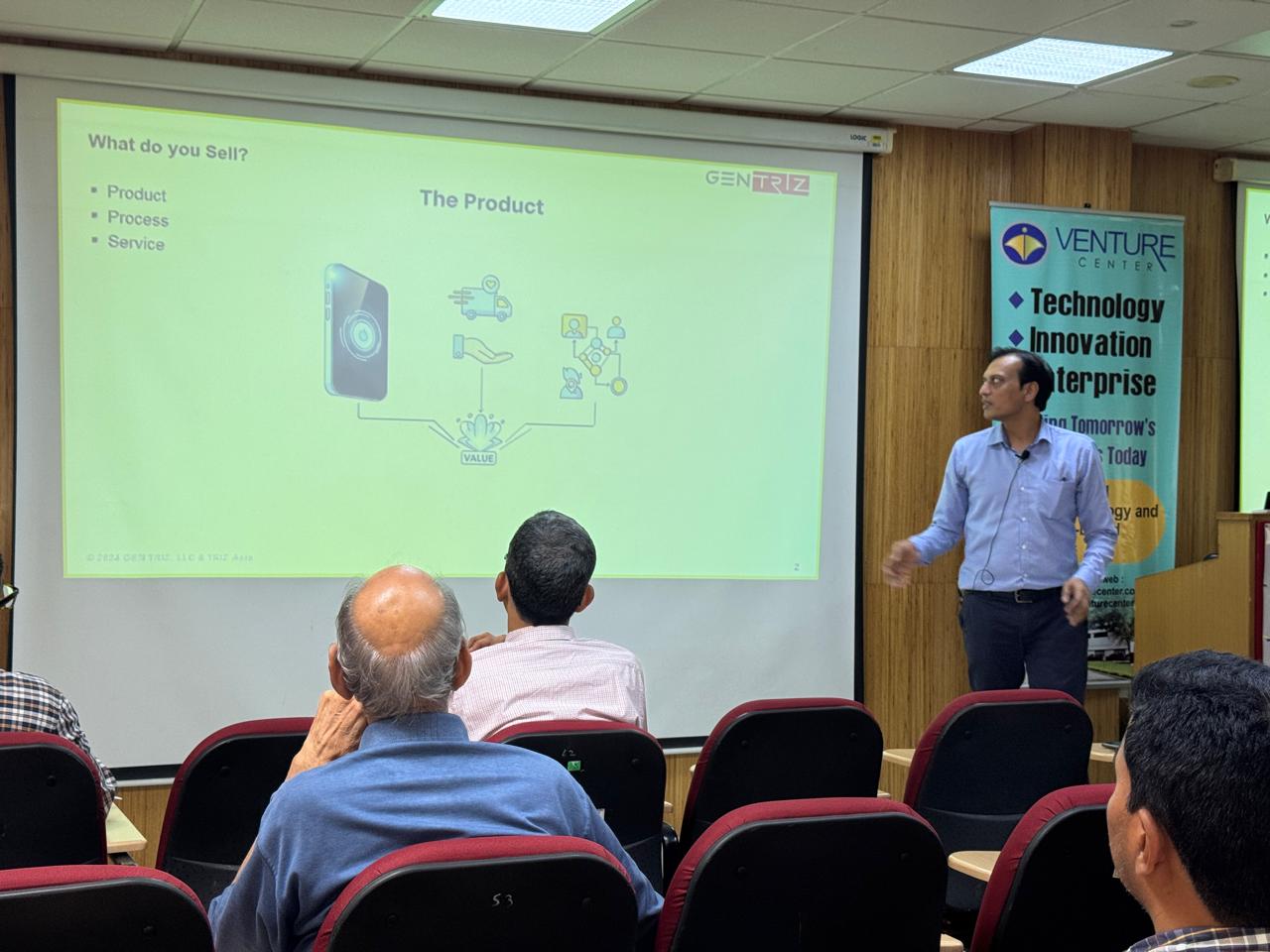Scaling a startup is as much about uncovering hidden challenges as it is about chasing new opportunities.
As startups scale, complexity can cloud even the best intentions. Gaps between vision and reality often slow progress in ways founders do not immediately see. Finding structure that sharpens clarity while preserving creativity becomes essential. In a recent discussion led by Dr. Sandeep Wankhede, founders were introduced to TRIZ—a practical approach to tackling these hidden challenges and building ventures that endure.
Patterns That Guide Progress
Before frameworks became commonplace, Genrich Altshuller studied the patterns underlying significant inventions. His work led to TRIZ, the Theory of Inventive Problem Solving, a method built on the insight that many obstacles stem from contradictions within systems. By addressing these contradictions, teams can advance toward solutions that are practical and effective.
Guiding Innovation with Structure
At the helm of this session was Dr. Sandeep Wankhede, a Level 3 TRIZ expert whose work bridges engineering education and practical consulting. Known for his thoughtful and clear approach, Dr. Wankhede has worked closely with startups and organisations to help them navigate complex challenges with structure while preserving the flexibility essential for growth. His ability to translate TRIZ principles into practical insights made the conversation accessible and relevant for founders seeking to build purposeful innovations.
Seeing the Unseen Challenges
Challenges within a startup often remain invisibalised, existing as gaps between a founder’s assumptions and a user’s reality. Dr. Wankhede highlighted how these unnoticed challenges can gradually slow progress unless brought into focus and addressed with intent.
Moving Beyond Technological Inertia
While startups thrive on new ideas, they can also encounter technological inertia—a subtle reluctance to move beyond familiar methods. TRIZ encourages teams to recognise when established approaches may limit exploration, providing a structured way to consider alternatives while staying grounded in practical feasibility. It enables founders to revisit problems from different angles, ensuring opportunities are not missed simply because they sit outside existing patterns.
Understanding When to Adapt
Growth does not follow a straight line. The S-Curve, discussed during the session, offers a way to understand when a product or process is ready for refinement, when to accelerate efforts, and when a pivot may serve best. For startups, this perspective can support timely and effective decision-making.
Aligning for Sustainable Growth
Scaling a venture requires more than a promising idea. It demands alignment across product development, organisational readiness, and market needs. TRIZ provides a lens to synchronise these elements, helping founders prepare their innovations for real-world application.
Building a Broader Perspective
TRIZ is not confined to theoretical discussions; it has demonstrated practical value within Indian enterprises as well. For instance, Chitale Dairy has applied TRIZ principles to refine its processes and address operational challenges while scaling efficiently. Such examples reflect TRIZ’s adaptability, showing that it can support both emerging startups and established organisations in navigating complex challenges.
An Approach Worth Considering
TRIZ is not simply another addition to a founder’s toolkit. It is an approach that invites teams to reconsider how challenges are seen and addressed, ensuring that the pursuit of innovation is accompanied by clarity and direction. This session served as a reminder that while creativity fuels progress, structure sustains it, enabling ventures to build solutions that are purposeful and enduring.



